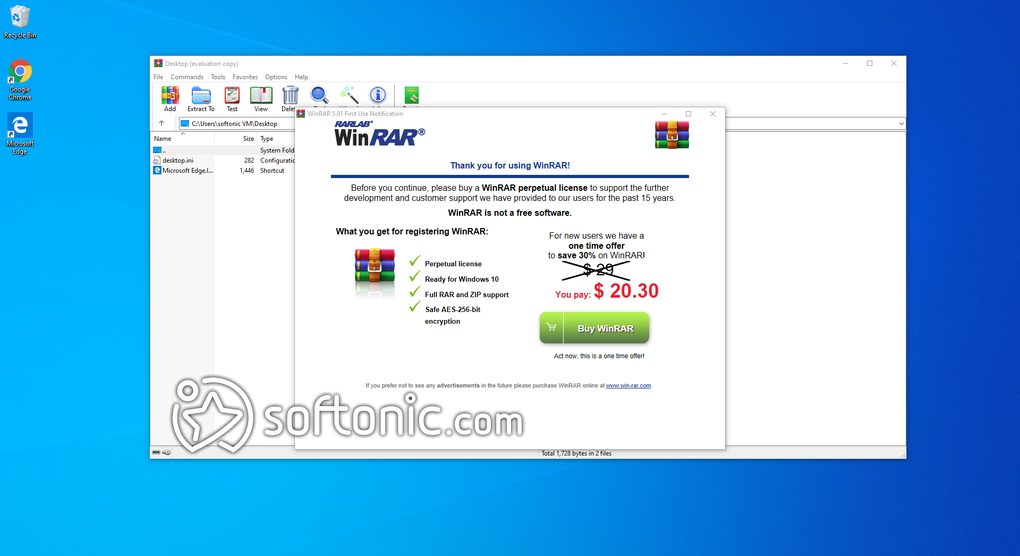
Our operating system is usually detected automatically and so we can directly download the correct version for our computer by clicking the “Download RStudio” button. When we reach the RStudio downloads page, let’s click the “Download” button of the RStudio Desktop Open Source License Free option: Now that R is installed, we can install RStudio. Installing R separately from RStudio enables the user to select the version of R that fits their needs. RStudio is compatible with many versions of R (R version 3.0.1 or newer as of July, 2020).

RStudio can also be used to program in other languages including SQL, Python, and Bash, to name a few.īut before we can install RStudio, we’ll need to have a recent version of R installed on our computer. Dedicated Project folders to keep everything in one place.Tools for creating documents containing a project’s code, notes, and visuals.A text editor with features like color-coded syntax that helps us write clean scripts.An intuitive interface that lets us keep track of saved objects, scripts, and figures.Here are a few examples of what RStudio provides:

Using RStudio for data analysis and programming in R provides many advantages. It’s worth knowing about the capabilities of RStudio for data analysis and programming in R. RStudio is a flexible tool that helps you create readable analyses, and keeps your code, images, comments, and plots together in one place. RStudio is an open-source tool for programming in R.

If you already know how to use RStudio and want to learn some tips, tricks, and shortcuts, check out this Dataquest blog post.


 0 kommentar(er)
0 kommentar(er)
